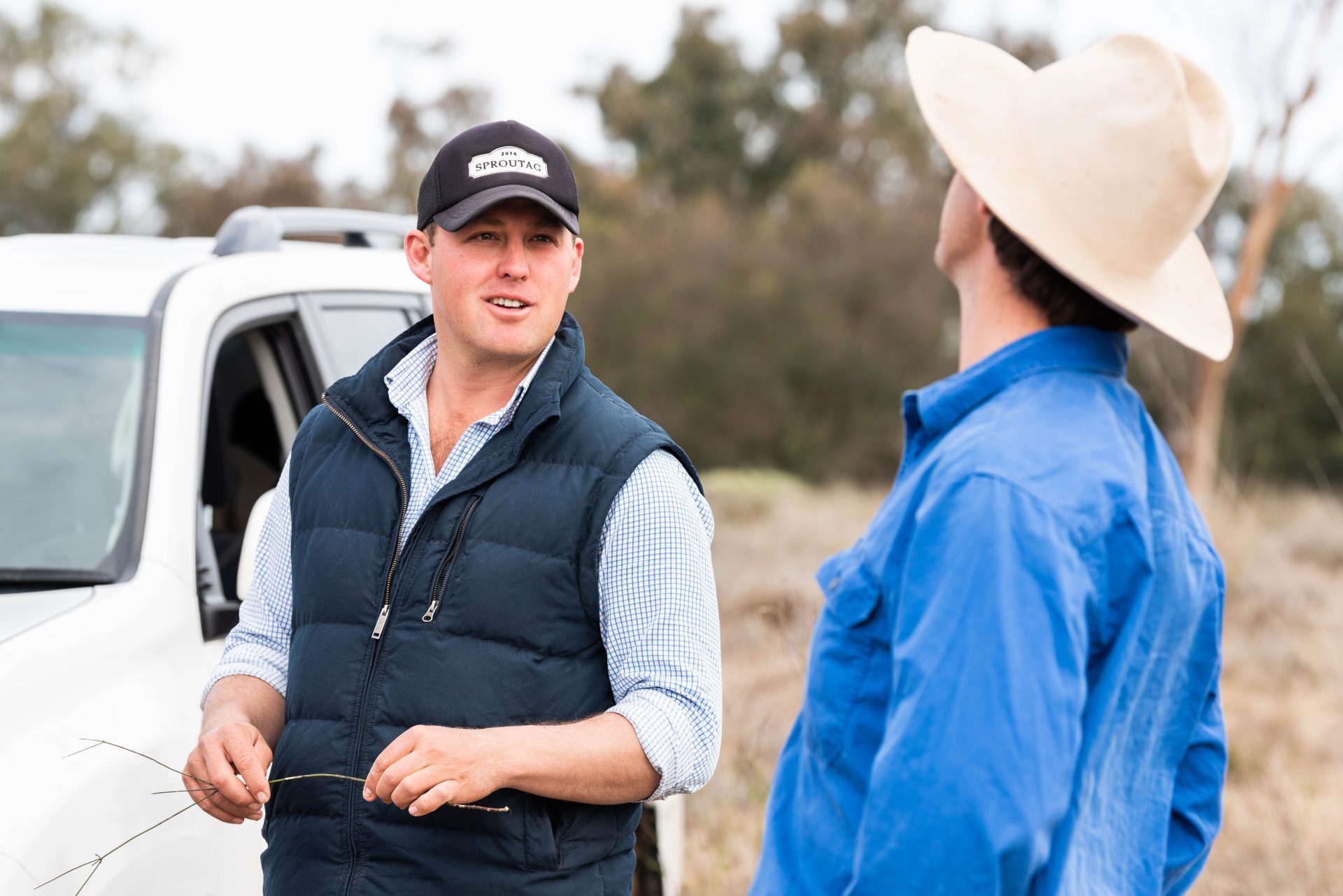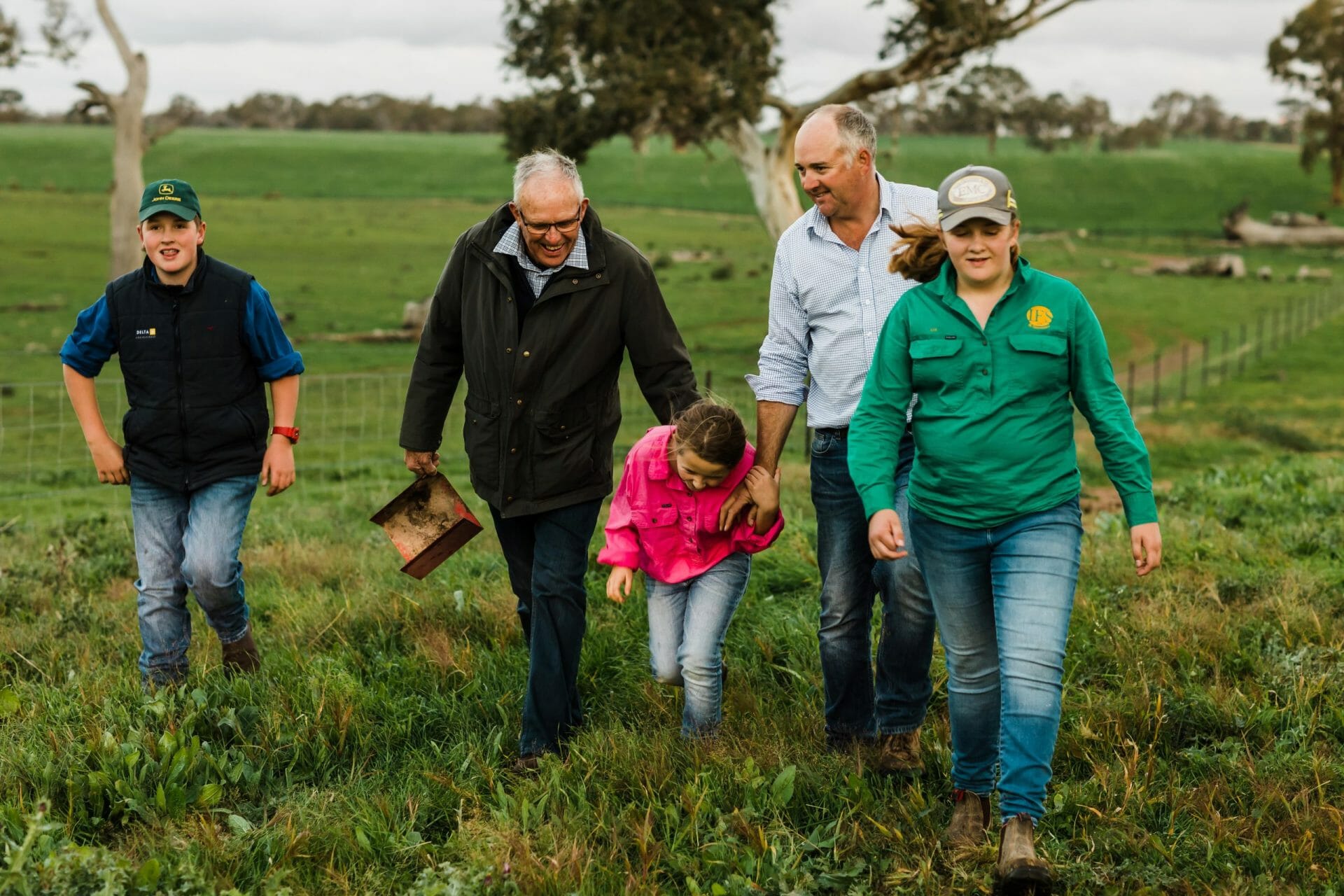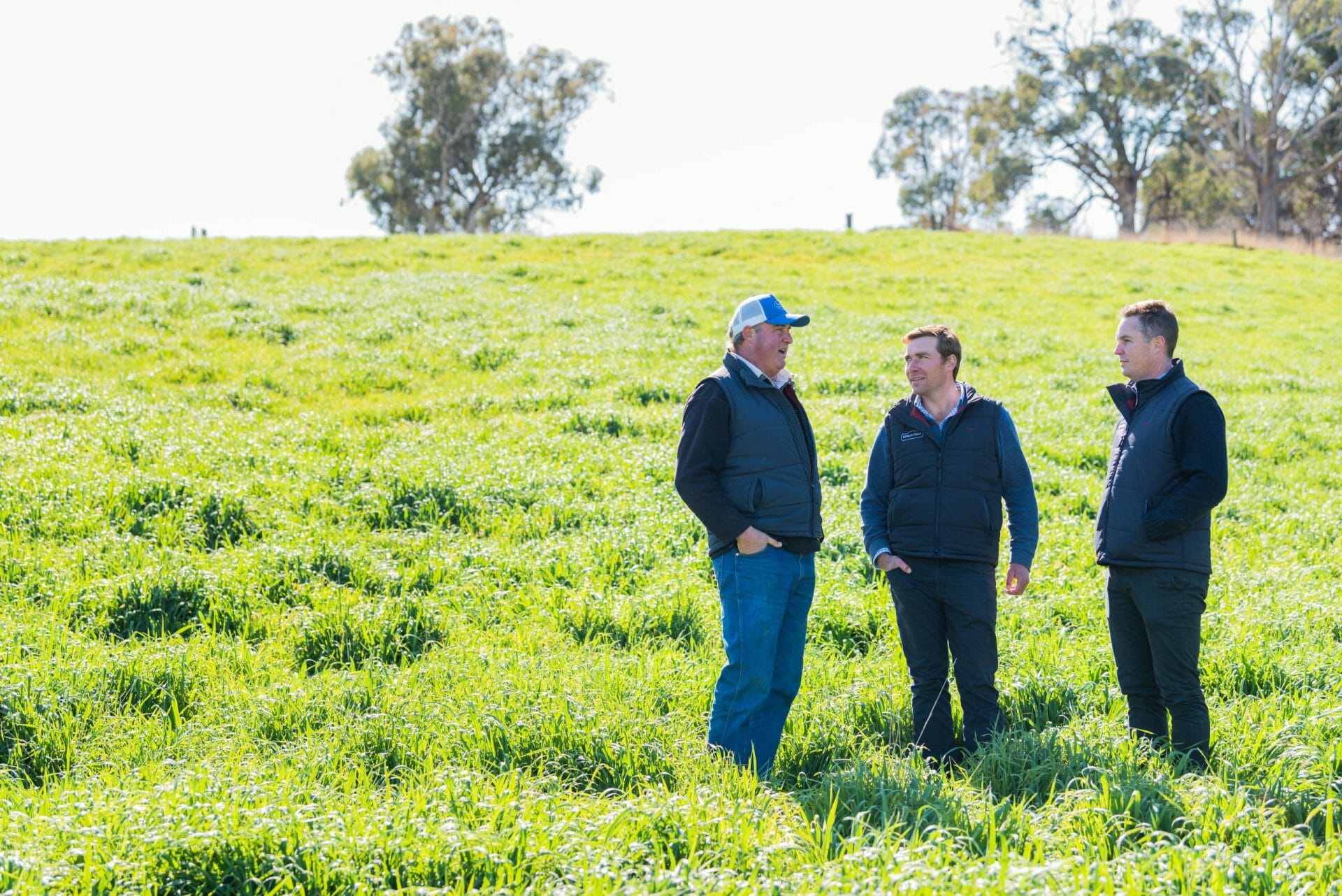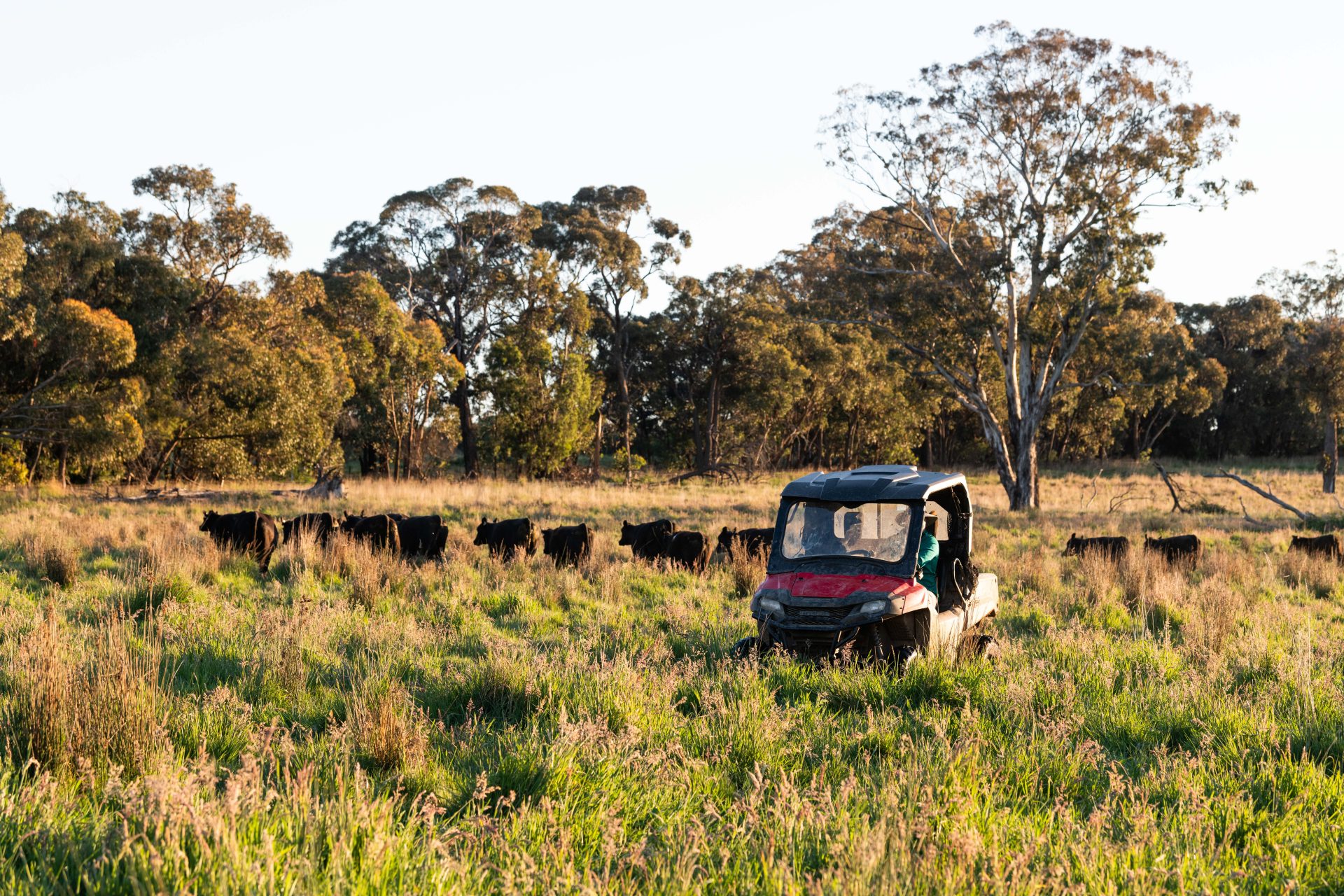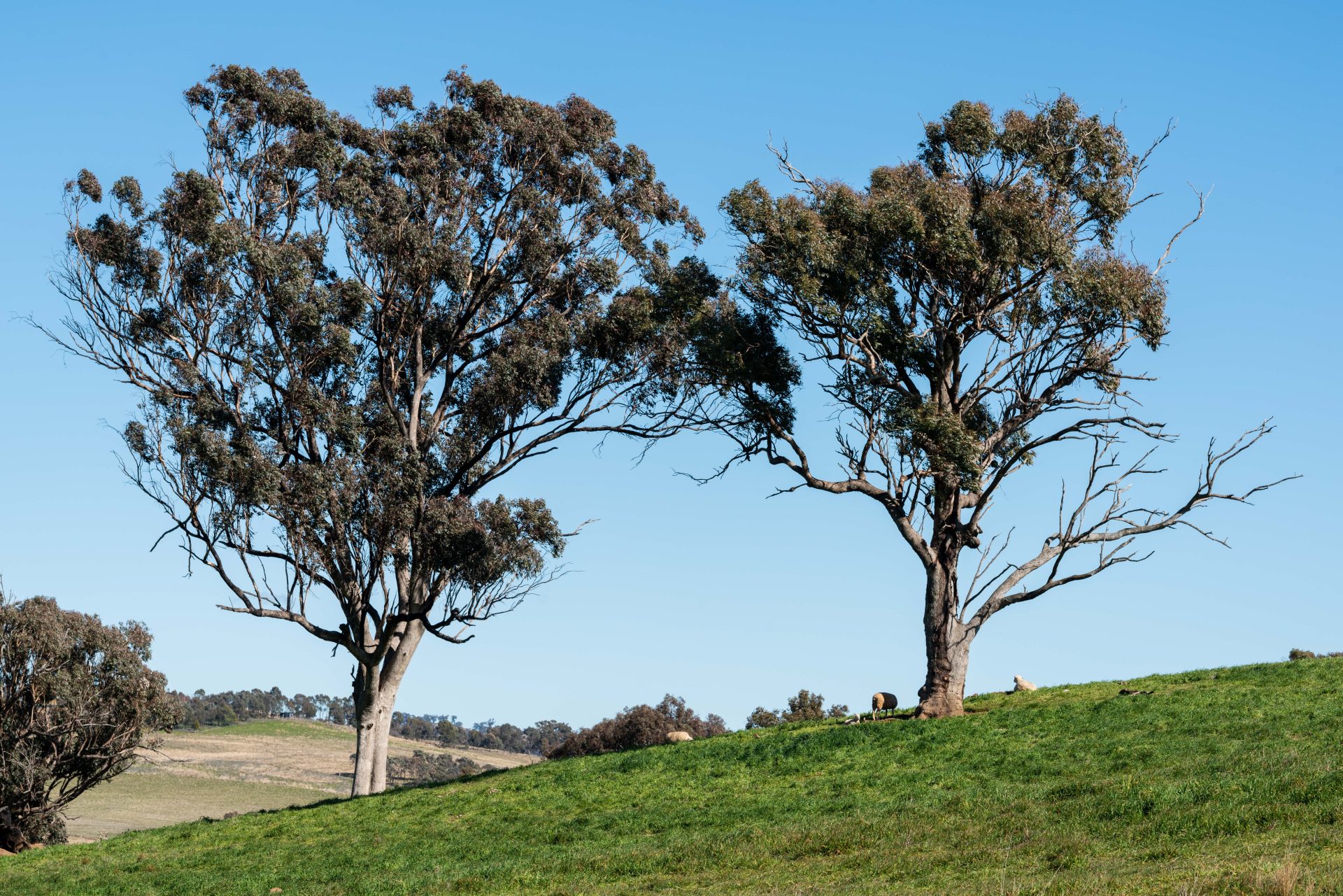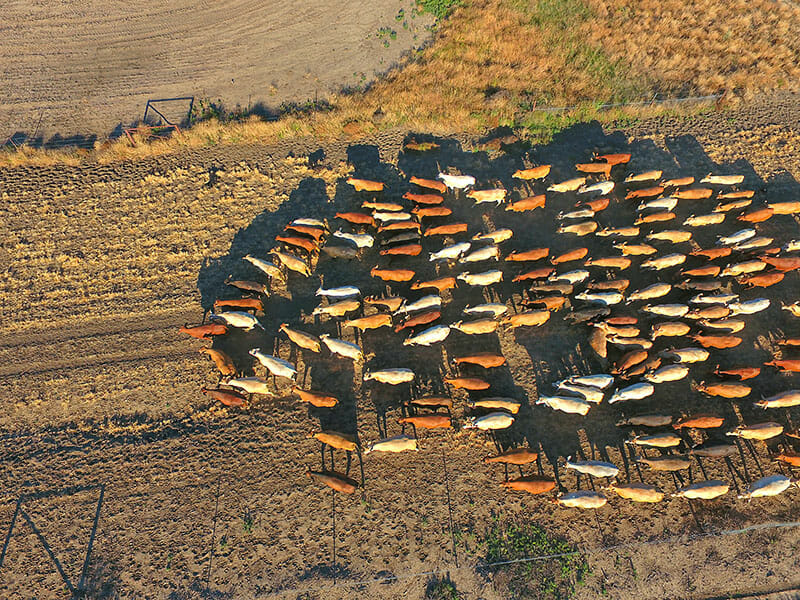Opportunities for livestock purchases, refinancing conversations and discussions around succession have been very topical across the SproutAg offices this month.
Following a strong Summer and Autumn, many livestock producers are taking advantage of the falling commodity prices and enquiring about livestock finance opportunities. While there is still uncertainty in the sector about when livestock prices (particularly cattle) will reach the bottom, there are still many producers who are seeing the falling prices as an opportunity to build up heard numbers while prices are favourable. In addition to the falling commodity prices, many livestock producers are also enquiring about livestock finance as a solution to meet their working capital requirements for 2023.
Across the Country, we’re continuing to see interest rates rise to curb inflation. As a result, our team have been facilitating a number of conversations around refinancing whole of bank loans. When comparing interest rates between banks, we’re currently seeing upwards of a 1% difference across the board. This difference is a timely reminder that having a conversation with your bank or lender about interest rates and re-financing can be of great benefit to you and your operation in the long-term. Speak with our SproutAg advisors to find out more about the refinancing options available to your operation.
For any family farming operations, it’s important to consider and start to put in place some safe-guards and strategies within families as children in their teenage years approach the end of their schooling. With many of our clients having teenage children, the team at SproutAg have been completing a significant number of succession ready services. These services are critical to help current leaders of a family farming operation set up, lead and articulate a long-term strategic succession plan.
Cash Flow and Instant Assets
Following the announcement of the 2023-2024 Federal Budget, the team at SproutAg have seen an increase in ‘last minute’ equipment finance enquiries. This increase is a direct result of the changes to the instant asset write off scheme, that finishes as of June 30, 2023. The new budget now offers instant asset write off for purchases between $1,000 and $20,000. The change from the Federal Government has come about with the aim to increase cash flow in businesses turning over less than $10million. The changes as announced in the budget are no unlikely to cover many machinery purchases in the future. With an increase in interest rates, clients have been using equipment finance to assist with their working capital requirements. This year, with rising input costs and lower commodity process, it is critical that producers don’t get caught with a lack of cashflow later in the calendar year.


